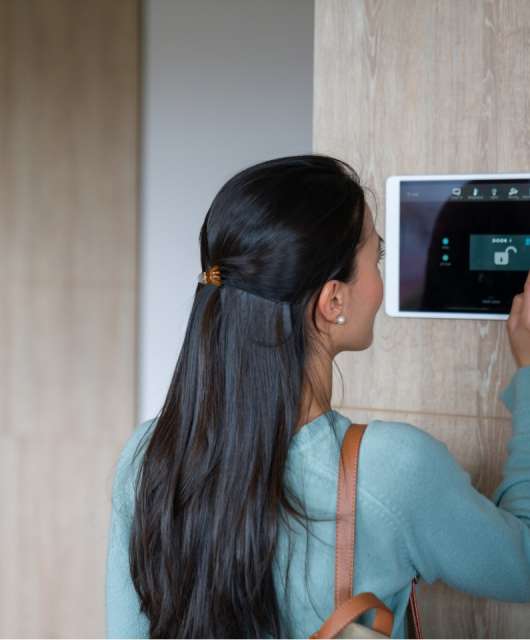The latest Android and Apple smartphones all offer a new technology called ‘inductive charging’. You simply place the phone on a compatible ‘pad’ and the battery recharges wirelessly.
Obviously this is great news for those of us who regularly lose our charging cables, or struggle to insert the plug correctly. But is inductive charging as useful as the manufacturers claim?
Should you stick with charging cables?
When thinking about wireless charging, it’s worth remembering how much we have invested in cables. You probably already have a charger cable in your pocket or bag and another on the bedside table at home. You may have another charger on your desk in the office, and a special cable for recharging in the car. That’s a lot of money invested in wired charging accessories.
Because wired charging technology hasn’t changed much in years, replacing cables and plugs is quite cheap. Inductive charging is a newer technology, so accessories tend to be much more expensive.
Wireless chargers can also be inconvenient at times. The charging pad needs to be laid flat so that it makes good contact with the back of the smartphone. This means clearing more space on which to sit the charger. And because they are larger, these pads are less portable – you certainly cannot fit one in your jeans pocket!
Why moving to wireless charging is more secure
From a security standpoint, wireless charging is actually a good idea. Why? It’s all to do with the cable connector itself.
The cable connector on your smartphone does two jobs, charging the battery and transferring data. As the phone’s owner, this isn’t a problem – but giving other people access to the charging port could create security problems.
The most effective phone hacking tools require access to the physical handset; using the port, cybercriminals and can break in to steal data, or to install malware. The same principle is employed by the Elcomsoft device used by law enforcement officials to ‘break into’ locked devices belonging to suspects.
A genuine threat from charging cables
Security researchers have shown that it is possible to break into a phone by tricking people into using specially modified charging cables. By placing these devices in public areas, criminals may be able to take control of your phone – a cable based version of the public WiFi hacking technique that many use to steal data in public places.
Switching to wireless charging closes this security loophole immediately however. The inductive charging circuit is independent and cannot be used to compromise your phone. By simply not plugging cables in, your phone is a lot safer.
One final tip – when you need to charge your phone in a public place, like a café or a store, always use the wireless charging pads if they are available. That way you reduce the risk of being tricked into being hacked with a compromised cable.






1 comment
Beyond the topic as discussed in this article, there may be another consideration with inductive charging. That is, it may be possible to overheat the phone and cause damage to especially those components adjacent to the inductive charging pad.
I found my LG G6 Android phone can charge inductively. But sometimes this charging may not shut off, leaving the phone still charging though the battery is at 100%. I think the fingerprint scanner on my phone may have failed due to overheating from this inductive overcharging. Or it could be for another reason on my two year-old phone.
Has anyone else seen this?